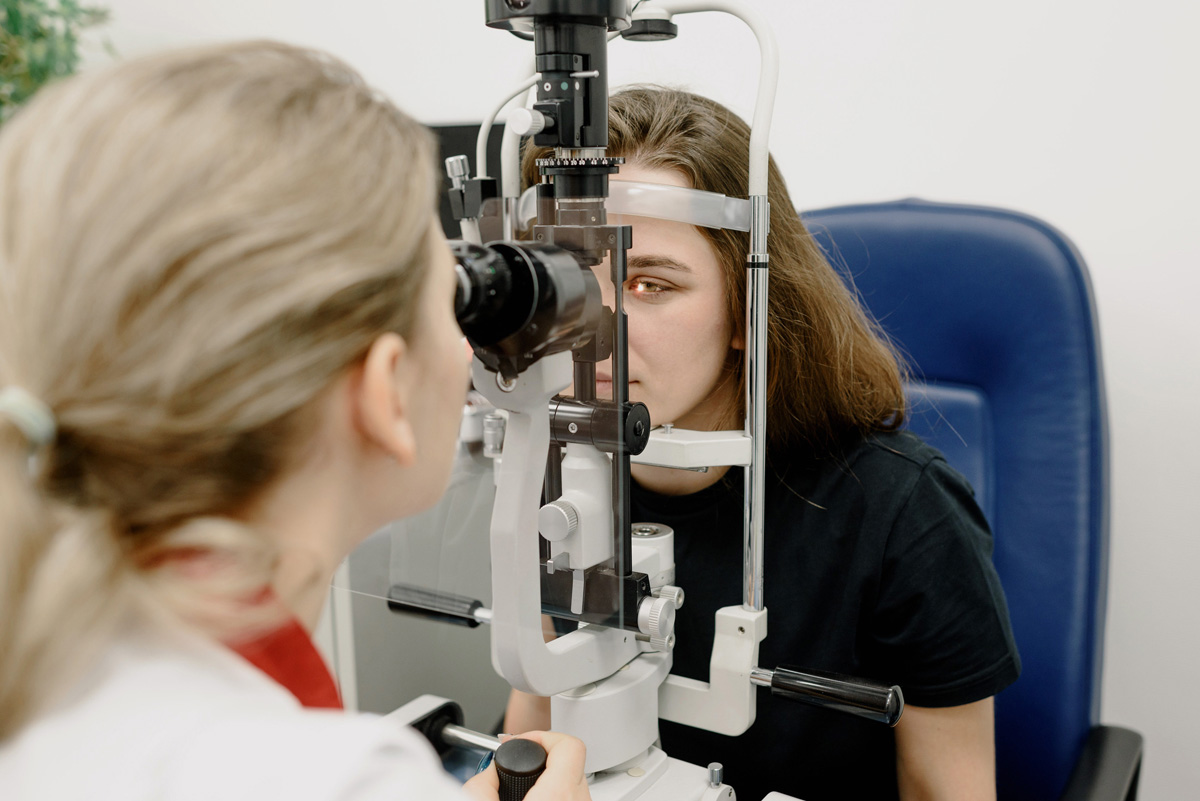Presentation
A 54-year-old female presented to her primary ophthalmologist complaining of a two-year history of progressive “pain behind the left eye.” The pain was sharp, boring and constant. She denied visual obscurations, visual field loss, double vision or photophobia. An MRI of the brain and orbits revealed a 4 x 4 x 4 cm dural-based mass that arose from the left planum sphenoidale, compatible with a meningioma. The patient was admitted to the hospital for image-guided left pterional craniotomy. The tumor was resected but immediately postoperatively she was no light perception the left eye. In addition, ocular motility in the left eye was decreased 50 percent in down-gaze and adduction.
Medical History
Medical history was significant for degenerative joint disease, a thyroid nodule and breast cancer. The breast cancer was treated in 2006 with bilateral mastectomy and oophrectomy and radiation therapy. The patient took calcium, vitamin D3, a multivitamin, desloratadine and letrozole. She was allergic to sulfa-based medications and intravenous contrast. She was a former smoker.
Examination
Visual acuity at near with no correction was 20/25+ in the right eye and NLP in the left eye. Color plates were full and brisk in the right eye. The right pupil was round and reactive to light and the left pupil was amaurotic. Pupil diameters were equal in the light and dark. Intraocular pressure was 17 mmHg in the right eye and 12 mmHg in the left eye. Motility in the right eye was full but motility in the left eye was consistent with a cranial nerve III palsy. The anterior and posterior exams of both eyes were normal. There was no cherry red spot in the macula and the optic nerves appeared pink and healthy.
Postoperative reports indicated that the tumor was dissected off the orbital apex and there was no clear invasion of the optic canal. The left optic nerve was compressed and displaced laterally by the tumor but there was no frank invasion of the nerve.


